Hibiscus Summerific ‘Lilac Crush’ Rose Mallow
$19.00
Genus:Hibiscus
Species:hybrid
Variety:’Lilac Crush’
ppaf:PP35181
Item Form:Bareroot
Zone:4 – 9
Bloom Start to End:Mid Summer – Late Summer
Habit:Upright
Height:5 ft 6 in
Width:4 ft 6 in
Additional Characteristics:Butterfly Lovers,Easy Care Plants,Flower,Native
Bloom Color:Light Purple
Foliage Color:Medium Green
Light Requirements:Full Sun,Part Shade
Moisture Requirements:Moist, well-drained
Resistance:Cold Hardy,Deer Resistance
Soil Tolerance:Poor
Uses:Beds,Border,Fall Color;Restrictions: *Due to state restrictions we cannot ship to the following:Canada,Arizona,Guam,Puerto Rico,Virgin Islands
A member of the Summerific Collection from Proven Winners®, Hibiscus ‘Lilac Crush’ Rose Mallow is a showy herbaceous perennial that flowers from midsummer to late summer. Blooming abundantly and continuously, this lovely plant sets masses of 7- to 8-inch tropical-looking flowers against maple-like rich green leaves. The ruffled blooms have thick overlapping petals, a rare lilac color, and a slightly shiny dark red eye. Borne on slender branches, the nectar- and pollen-rich flowers sustain bees, butterflies, and hummingbirds.
A Hibiscus hybrid, commonly called rose mallow, ‘Lilac Crush’ has a vigorous growth rate and an upright, columnar habit that is very sturdy and resists lodging. Hibiscus is slow to emerge in spring but can put on an inch of new growth a day. It is excellent as a specimen in the garden or a thriller in a container, but it is very effective massed or grouped in borders and landscapes or around ponds and streams. It’s a great choice for bog gardens and rain gardens.
A cold hardy plant, rose mallow grows best in sunny to partly shady locations with fertile, organically rich, moderately moist, well-drained soil but tolerates poor and acidic soils. Keep the plant well-watered to look its best. In spring, cut back any remaining stems before new growth appears. Do not trim back in fall. Add heavy mulch in winter. Deer resistant
A native plant, rose mallow is indigenous to North America. Native plants are not only beautiful but also environmentally friendly. Naturally adapted to the climate and soil conditions of the region, they thrive without fertilizers or extra watering, once established. They also act as natural pest controls, reducing the need for pesticides in the garden. Landscaping with native plants promotes biodiversity and provides shelter and quality food for wildlife and pollinators, bringing gardens to life.
| Weight | 1 kg |
|---|---|
| Dimensions | 1 × 1 × 1 cm |
Shipping Time
Shipping is an additional 15-35 business days depending on location. Shipping time will be provided at checkout.
Returns
If seeds fail to leave China, we will refund your payment 100%. But if seeds fail to reach you due to customs problem on your side which we were not informed in advance, we will not be able to bear any loss, and no refund will be made.
We sell only viable plants seeds online, and test germination of our seeds from time to time. So we will not be able to refund for seeds that clients fail to germinate, unless we are convinced that it's truly problem of our seeds.
———
Please send us an email: [email protected] and be as detailed as possible while filling in the information.
After submission, We will reply to you within 24 hours. Please be patient.
———
CHARGEBACKS & DISPUTES
Please contact us by email before opening a merchant chargeback or payment dispute, as we can generally resolve the issue before that takes place. Any chargebacks and disputes disable our ability to issue refunds or credits due to funds being frozen.
———
REFUND, EXCHANGE AND RETURN
Customers have the right to request a refund/ return/ exchange within 14 days from the delivery date. Our Customer Service team will offer the best solutions for specific situations.

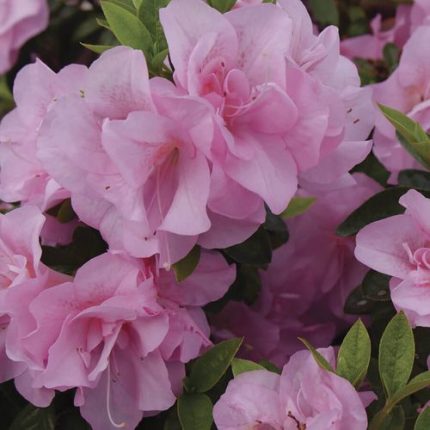

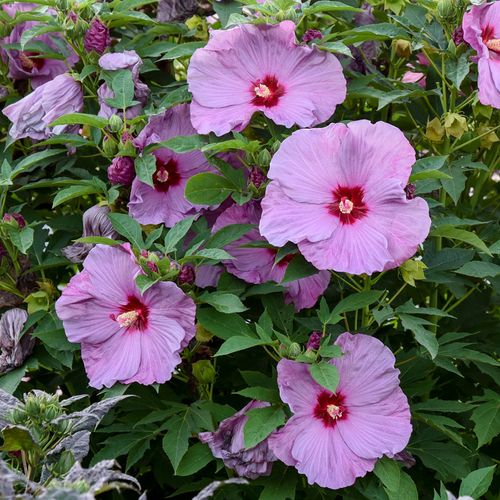
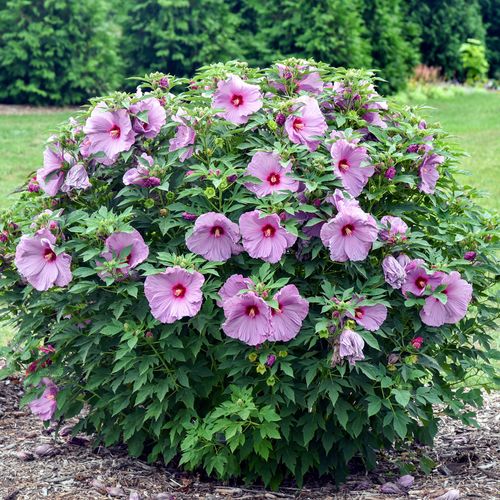
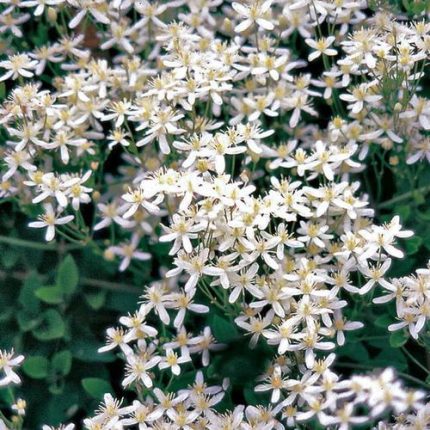
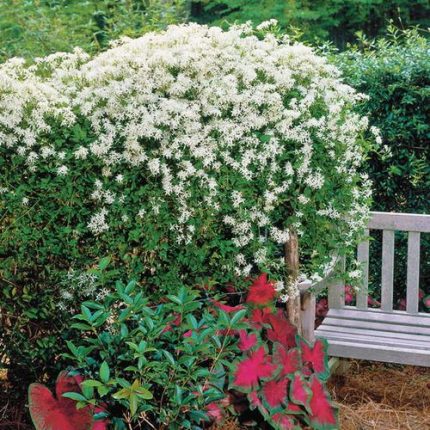
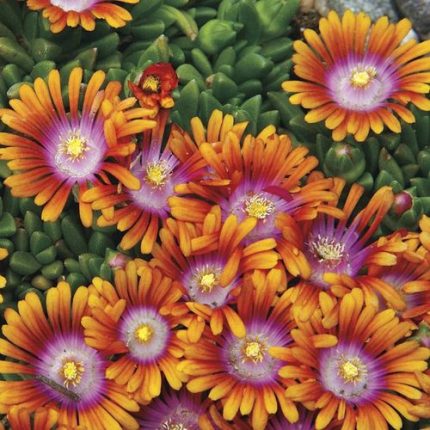
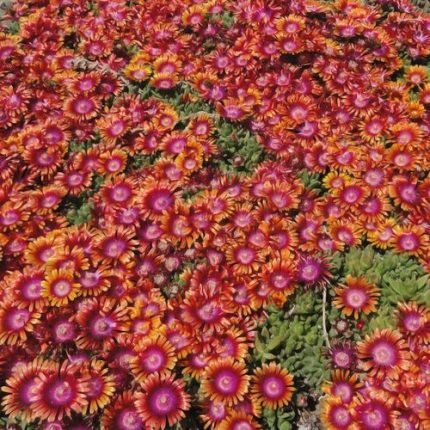
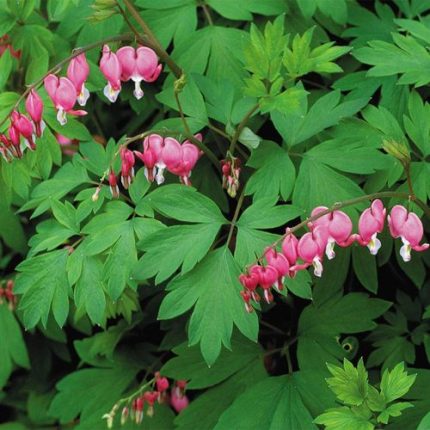
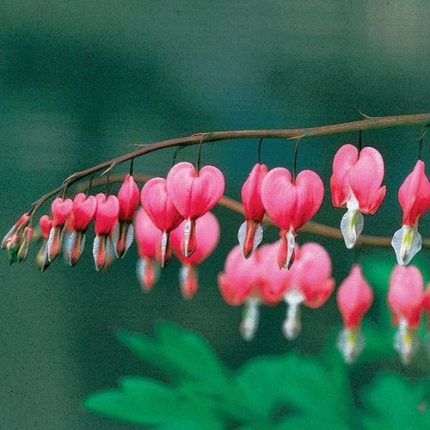
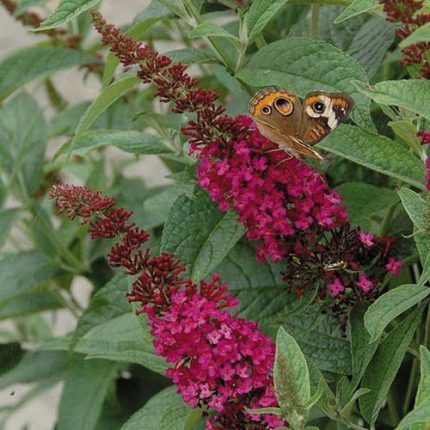
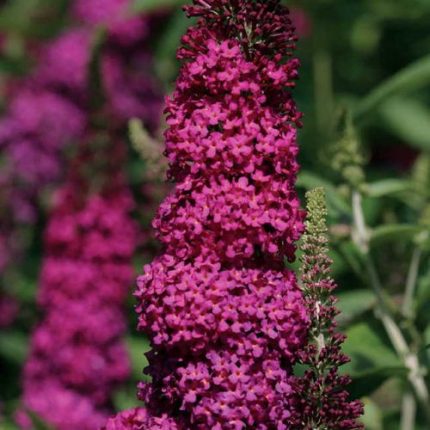
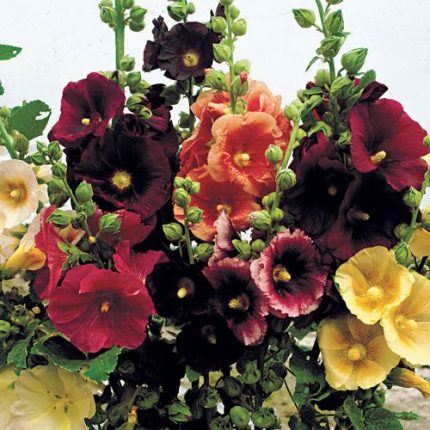
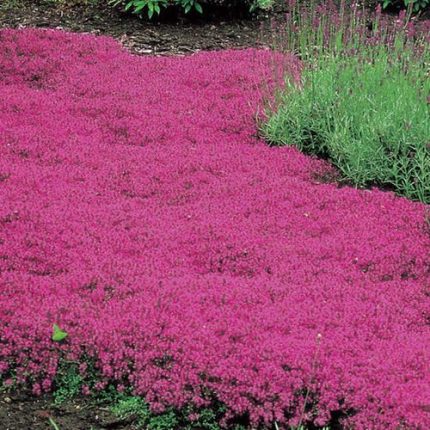
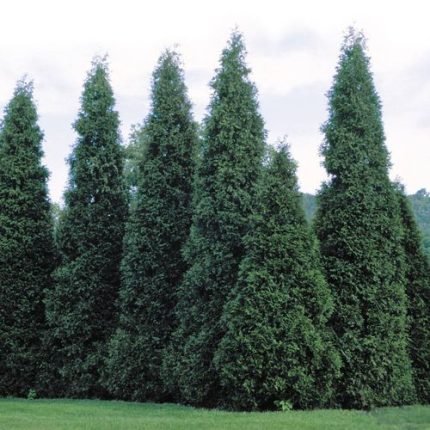
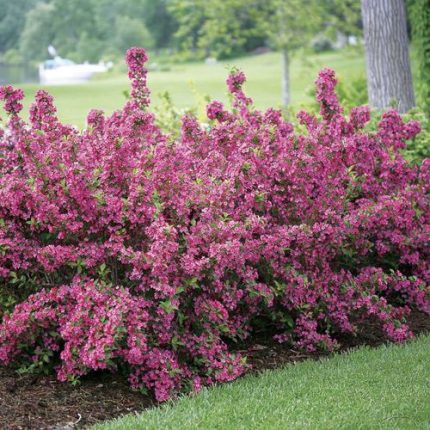
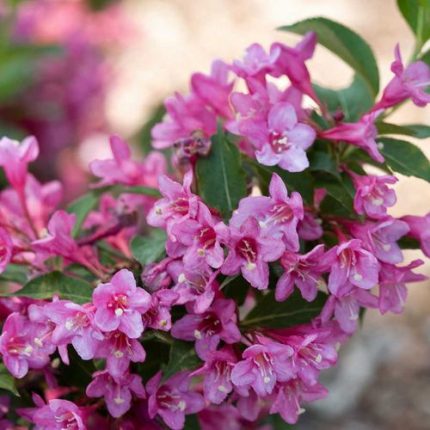
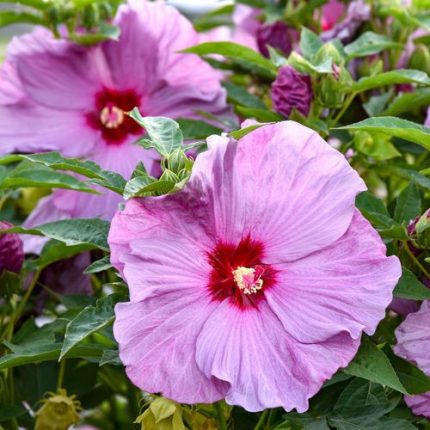
Reviews
There are no reviews yet.